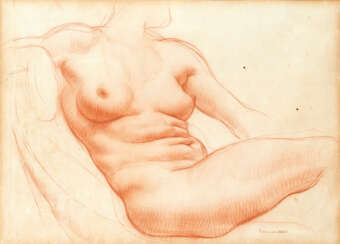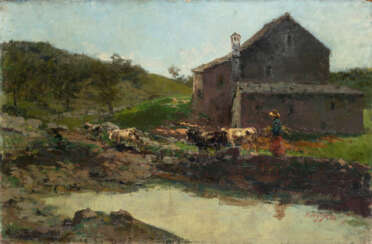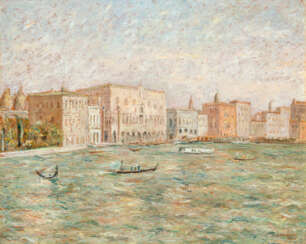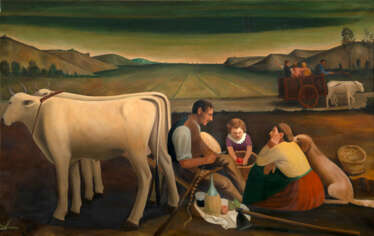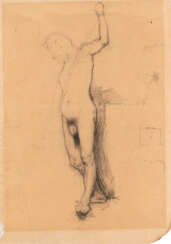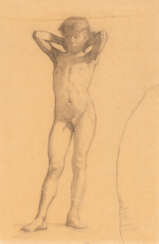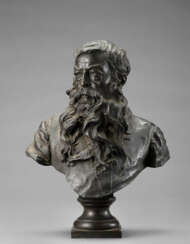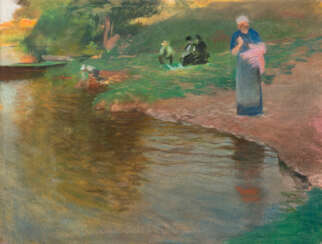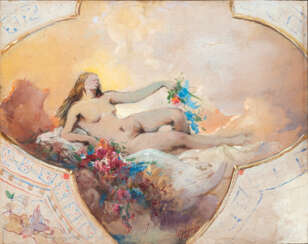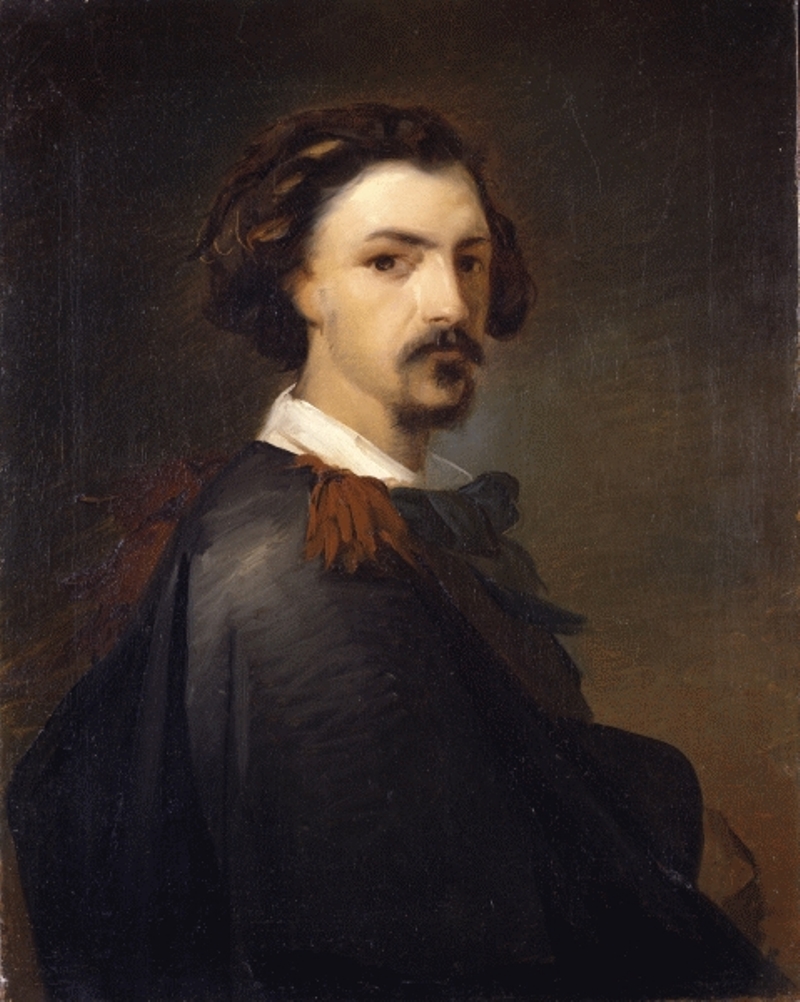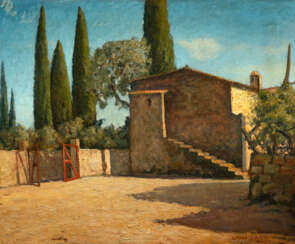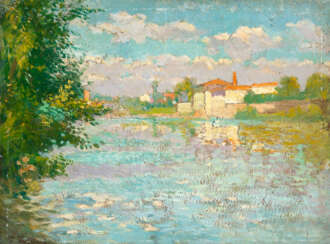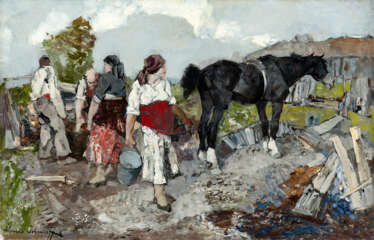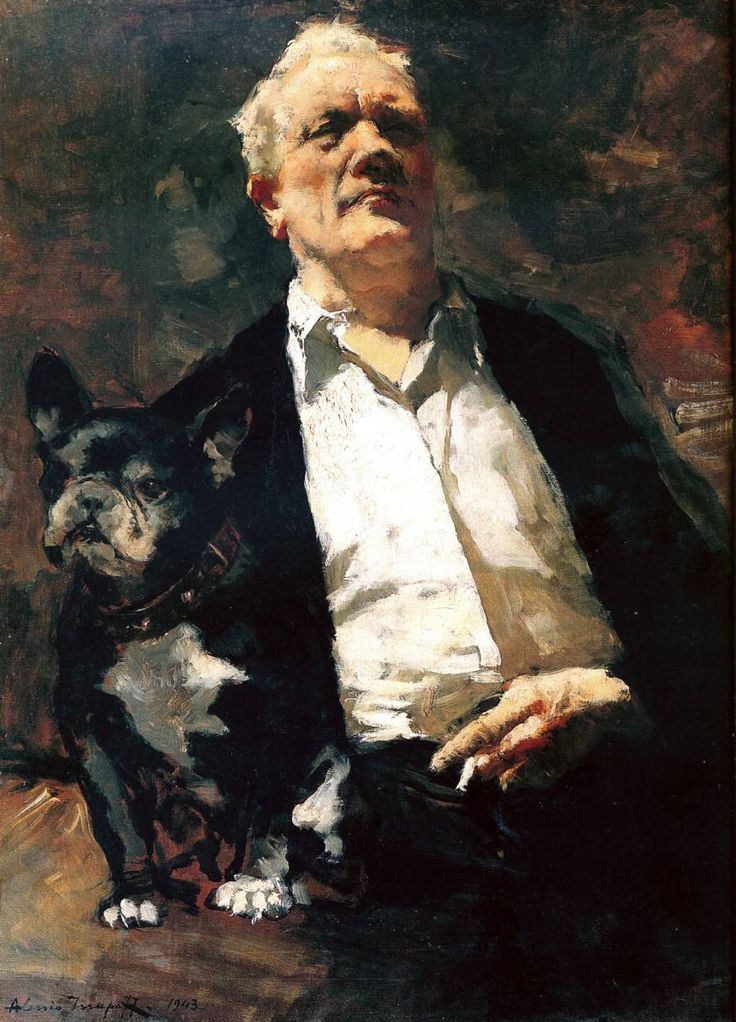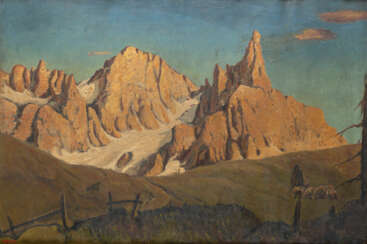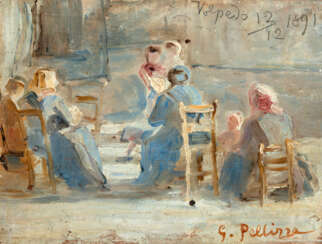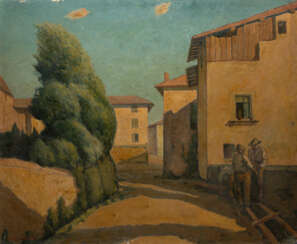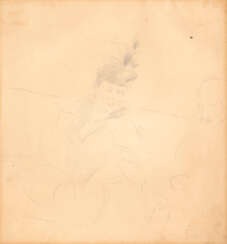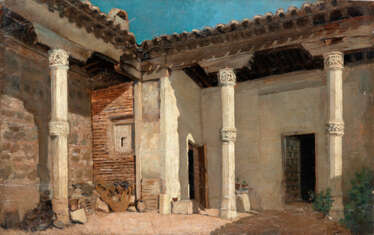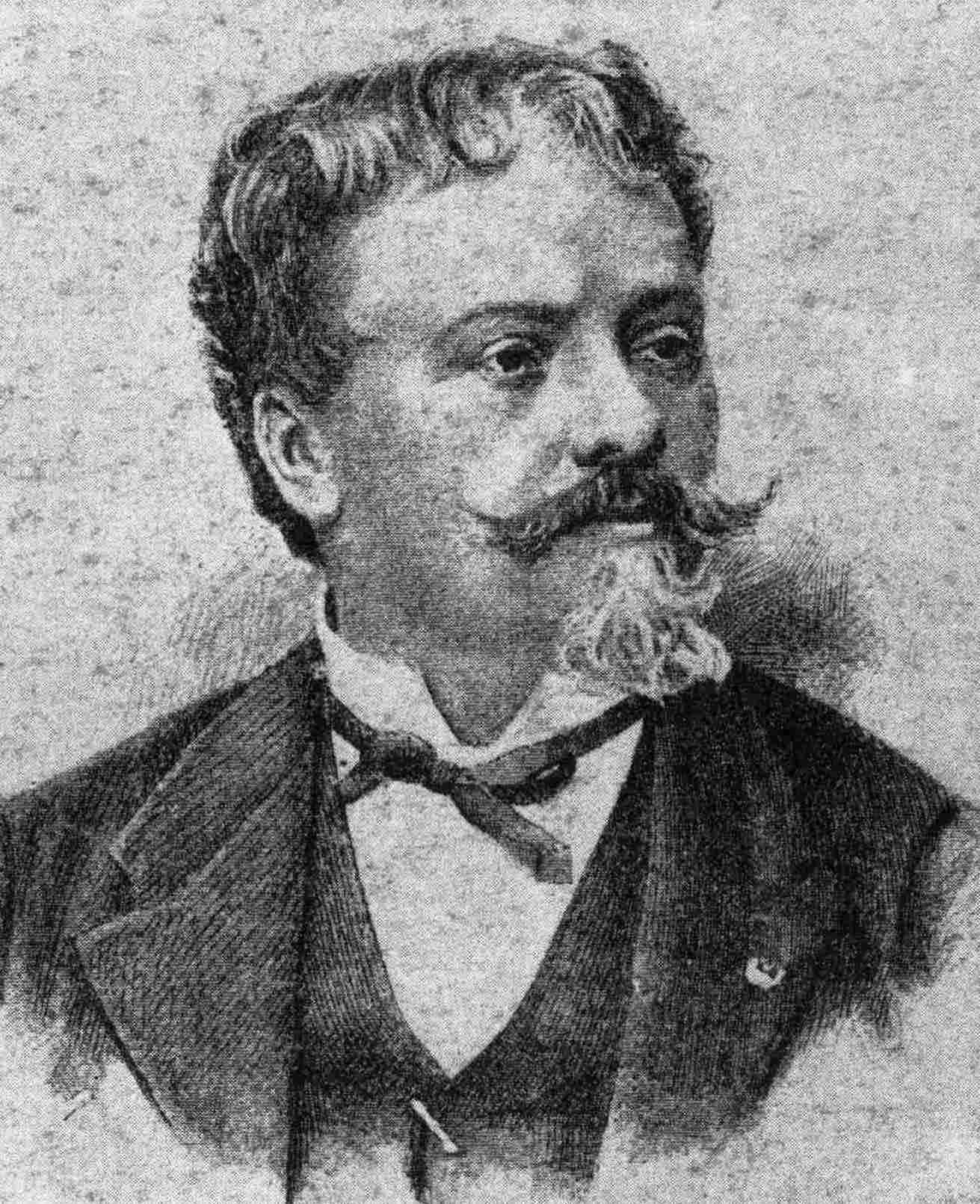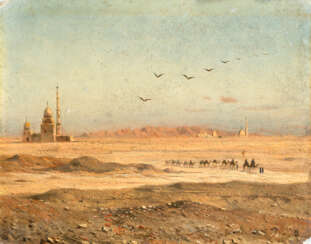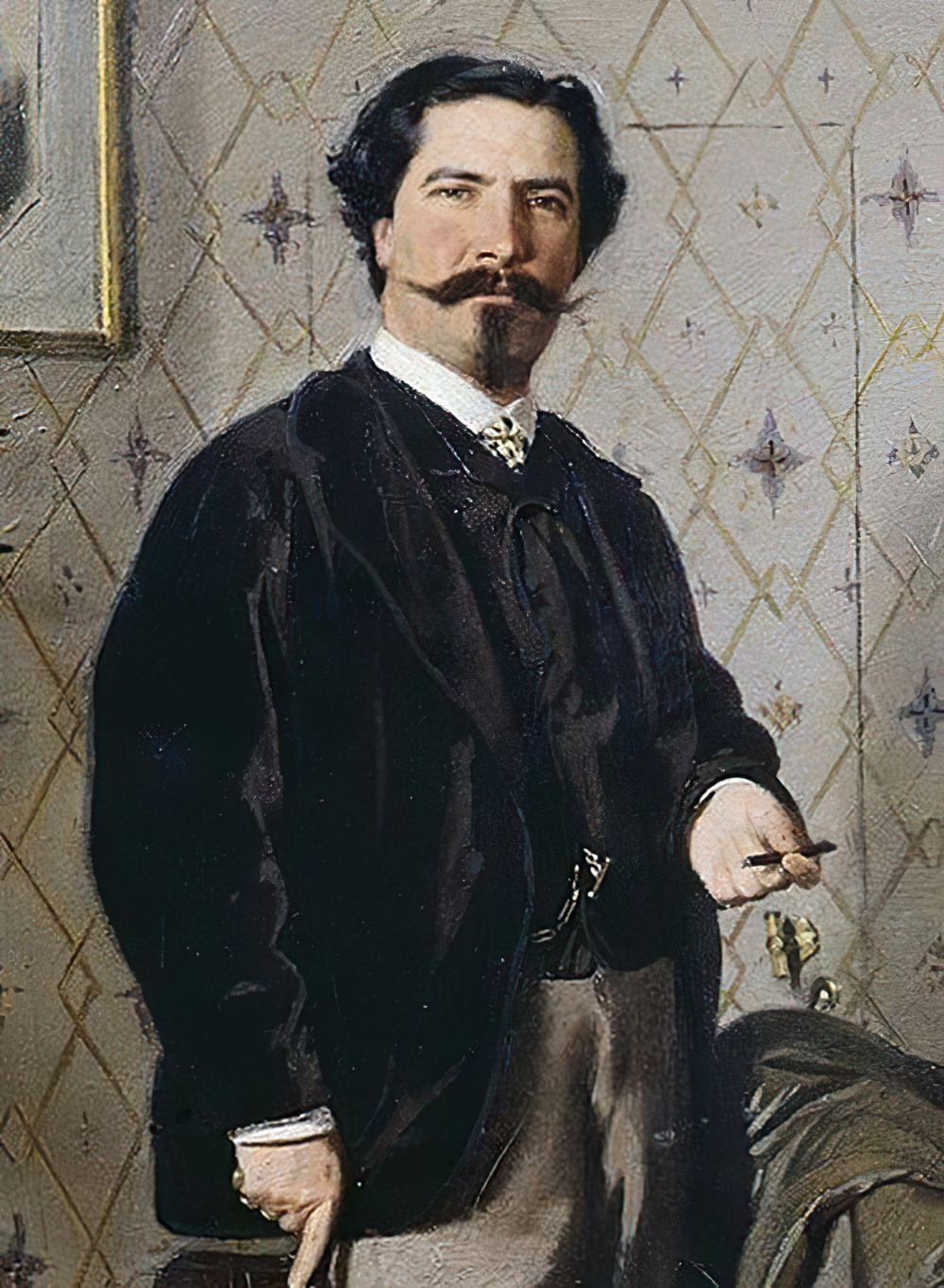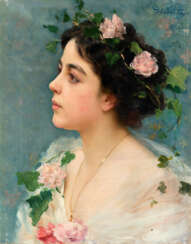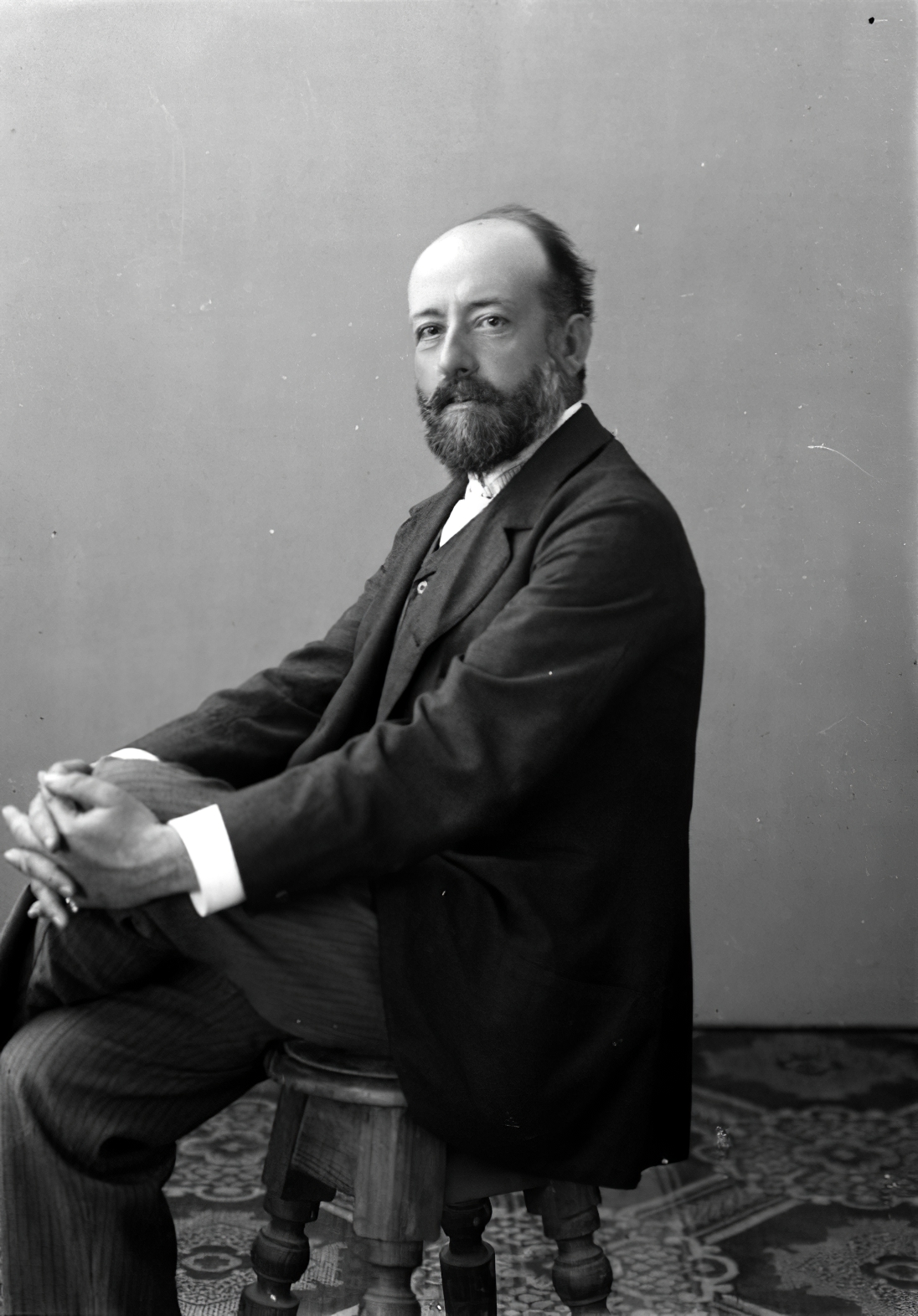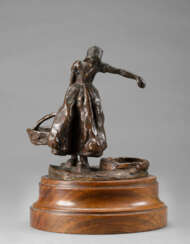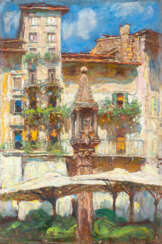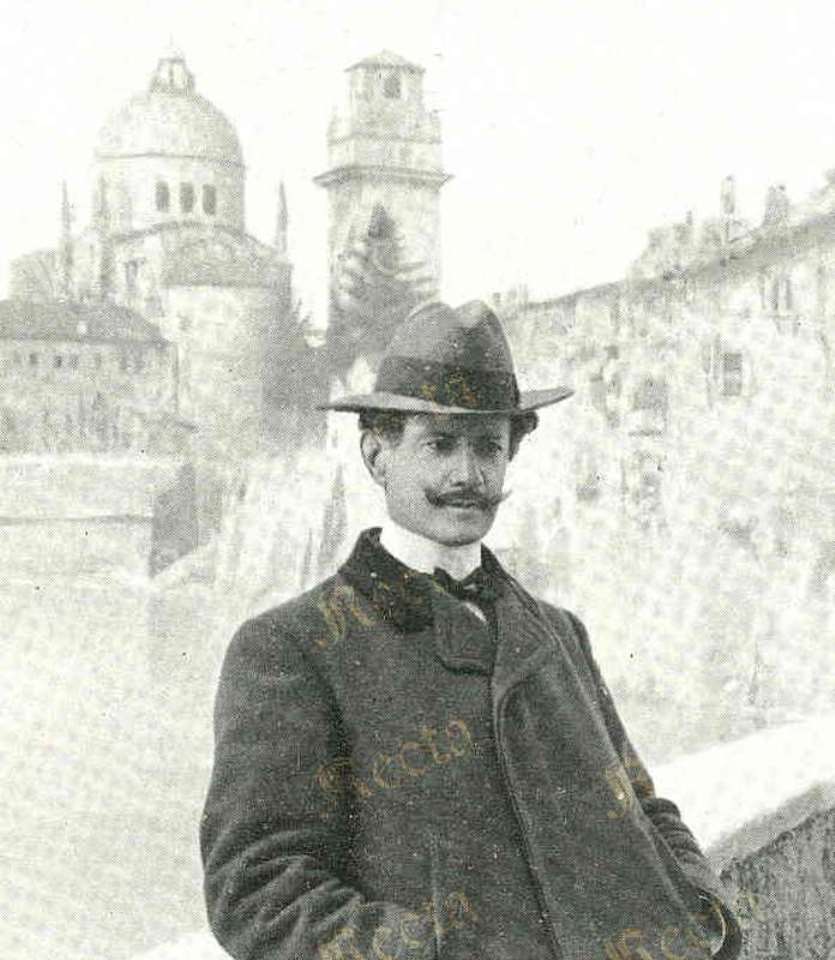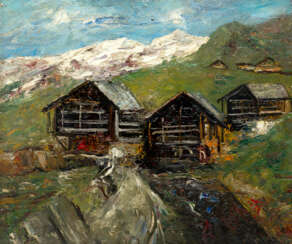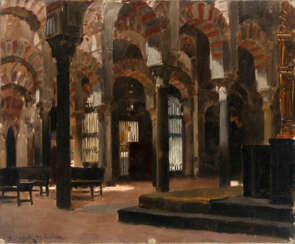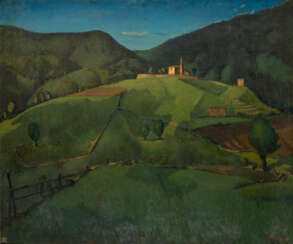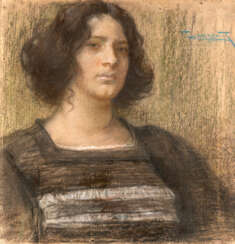
A510-II | Paintings and sculptures of the XIX and XX centuries — Session II
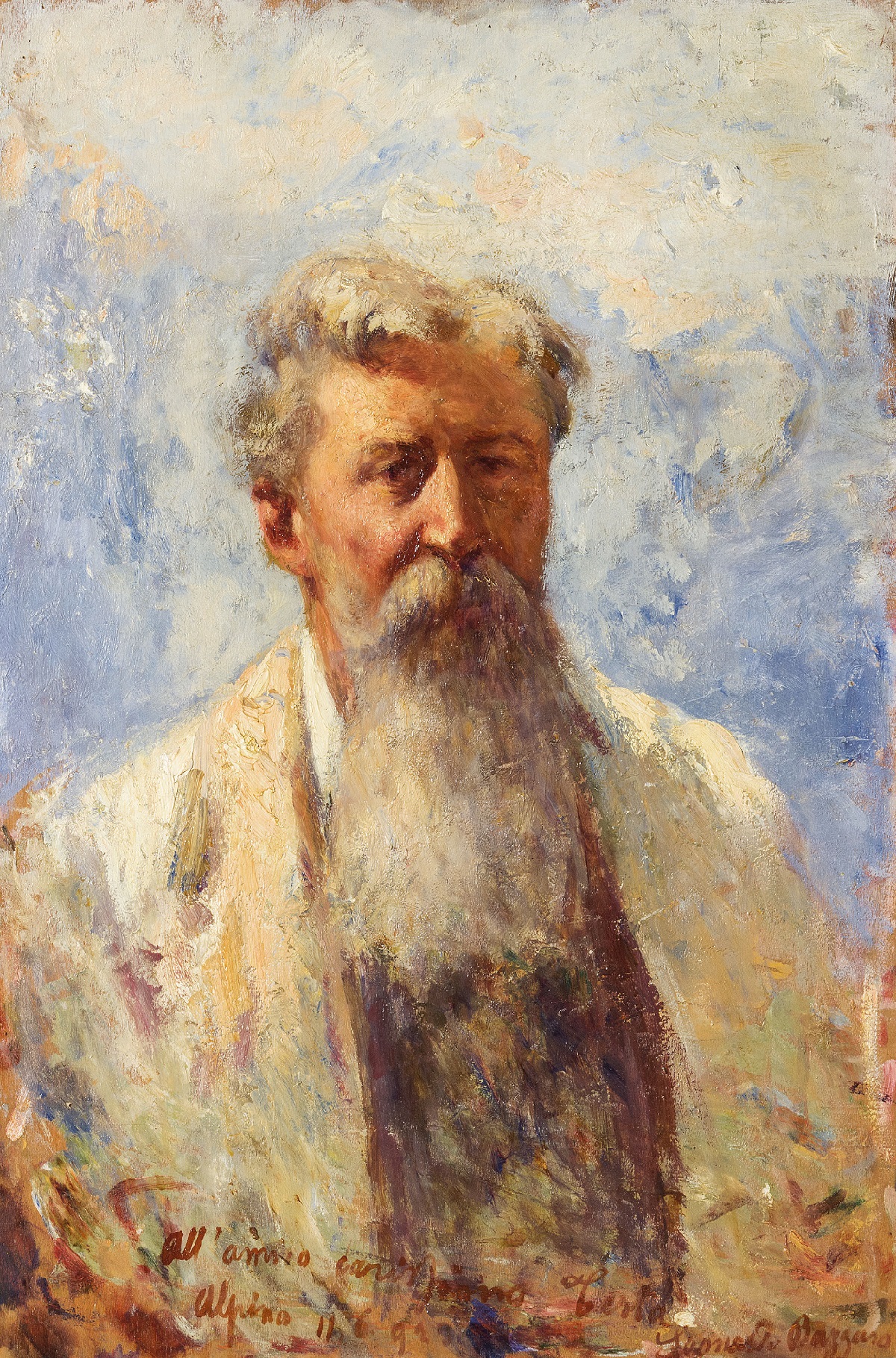
Leonardo Bazzaro was an Italian painter who worked mainly on landscapes and vedutas. He studied painting at the Brera Academy in Milan.
Leonardo Bazzaro is considered one of the leading representatives of Lombard naturalism.
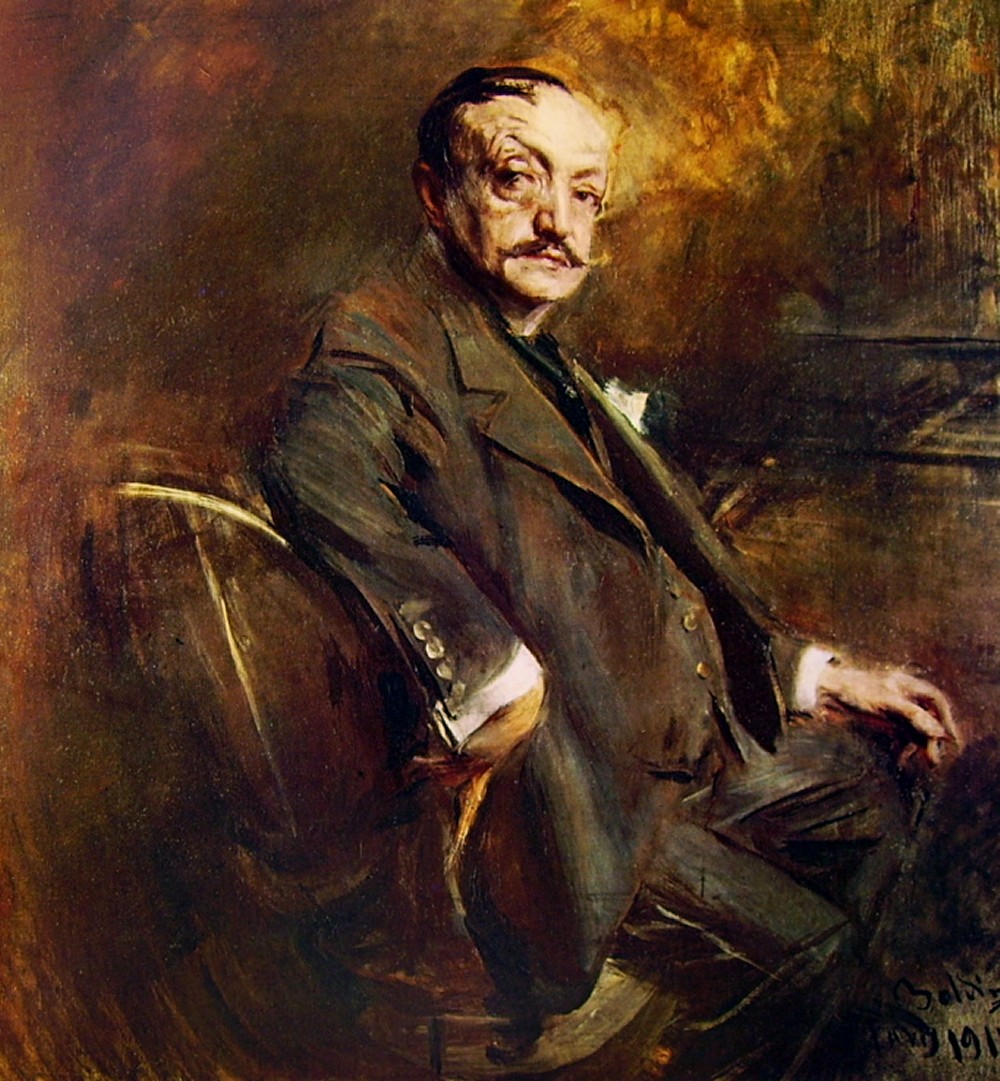
Giovanni Boldini was an Italian genre and portrait painter who lived and worked in Paris for most of his career. According to a 1933 article in Time magazine, he was known as the "Master of Swish" because of his flowing style of painting.
.jpg)
Constantin Meunier was a 19th-century Belgian painter and sculptor. He is known as a master of social realism. Meunier's oeuvre can be considered a vivid reflection of the political and social developments of the industrial age. The heroes of his paintings and sculptures were usually simple toilers. The artist's biography is closely linked to his native Brussels.
In the beginning of his career, Constantin Meunier specialized in painting religious and historical genres, but he did not achieve much success. On the other hand, his paintings and sculptures, executed in a spirit of realism, brought him fame.
The turning point in Meunier's work was his trip to his ancestral homeland, the mining district of Borinage. Shocked by the harsh conditions in which miners had to work, the artist decided to devote himself to realistic art. And the heroes of his paintings were miners, metallurgists and dockers, and the palette of colors acquired a characteristic gloomy-dark accent. For the same reason Meunier turned to sculpture - in bronze he saw greater opportunities to embody the heroic images of workers.
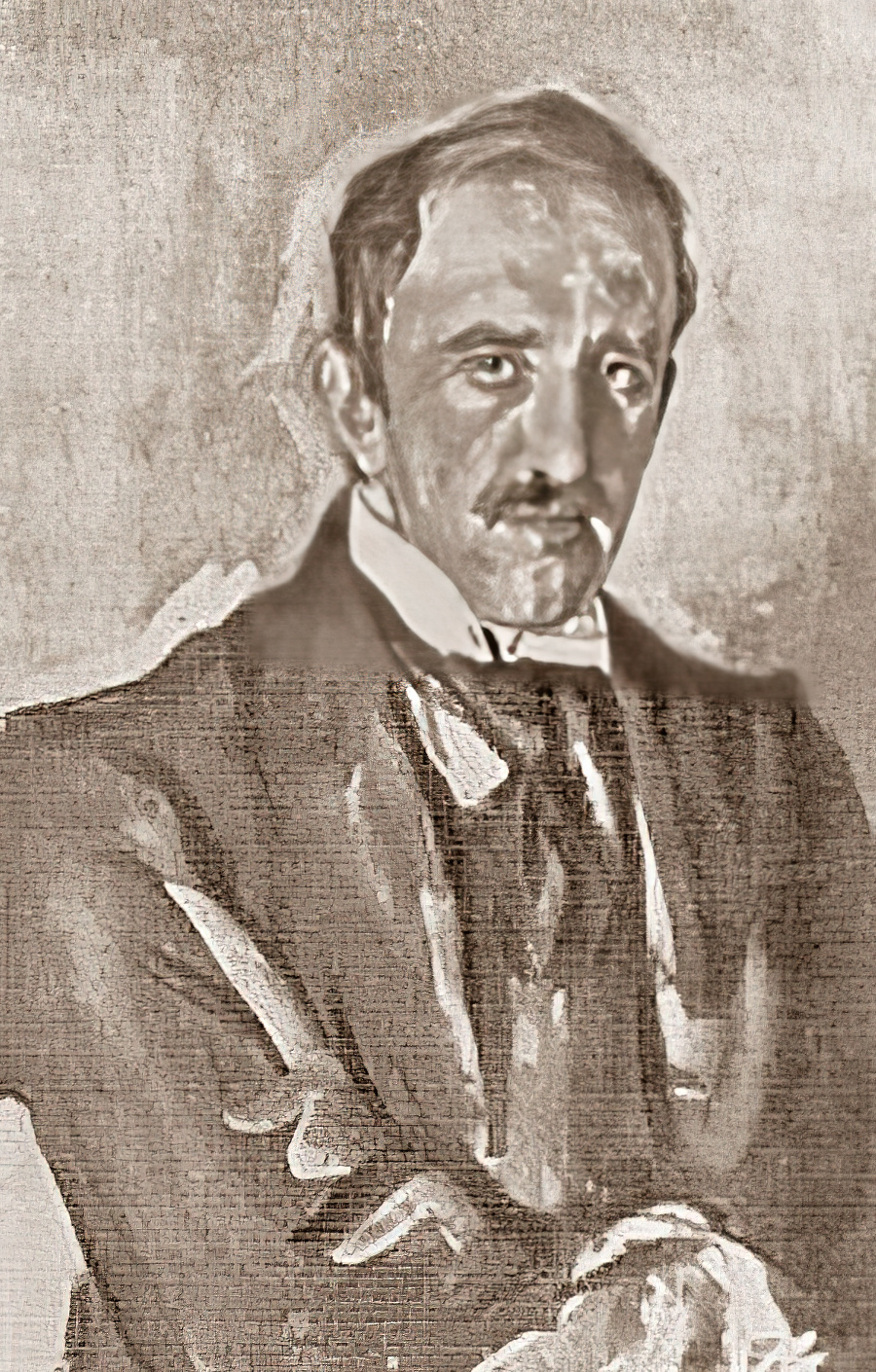
Prince Paolo Petrovich Troubetzkoy (also known as Pavel or Paul; Russian: Павел Петрович Трубецкой) was an artist and a sculptor who was described by George Bernard Shaw as "the most astonishing sculptor of modern times". By birth, he was a member of the ancient House of Trubetskoy.
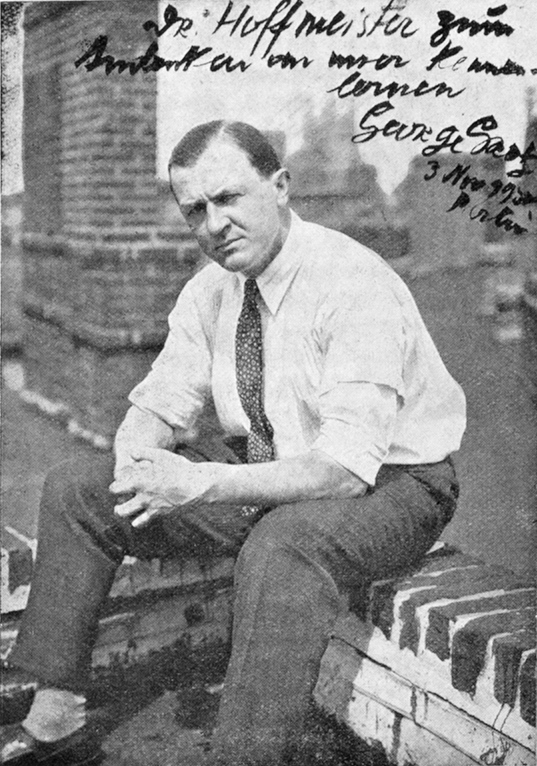
George Grosz was a twentieth-century German painter, graphic artist, and cartoonist. In his work one can find features of various styles of avant-garde art, including Dadaism, Expressionism, and Futurism.
George Grosz drew in every style in a sharp-grotesque and satirical spirit, ridiculing the vices of society. The erotic theme, which occupied a prominent place in Gross's work, was executed in the same spirit.
Grosz devoted more than 20 years to teaching at the Art Students League of New York, and was elected an honorary member of the American and Berlin Academies for his outstanding services to the arts.
